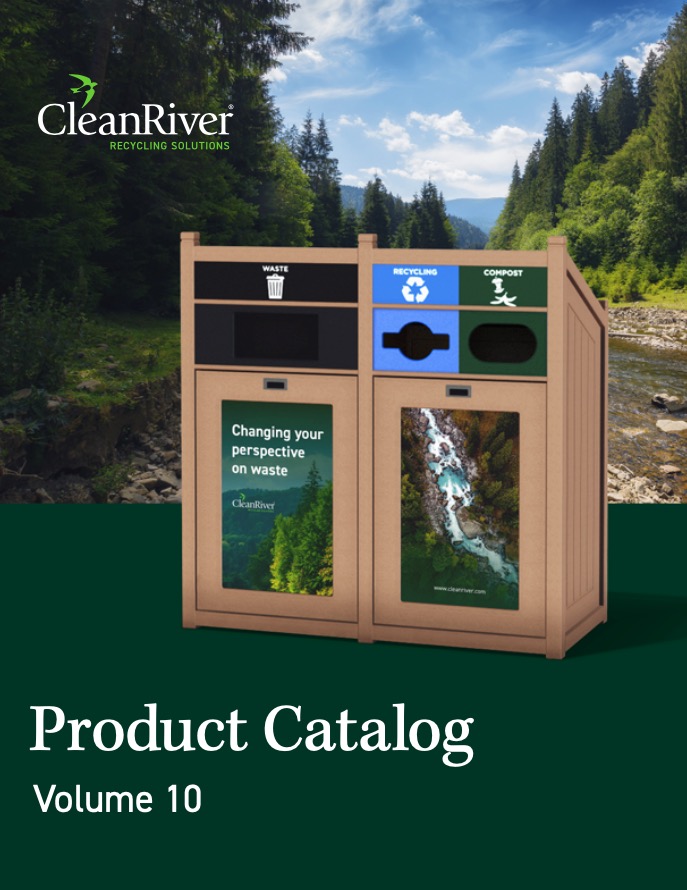Environmental, Social, and Governance (ESG) principles have become increasingly important in the corporate world as businesses strive to minimize their environmental impact and enhance their sustainability efforts.
Among the key aspects of ESG, waste reduction and recycling play a crucial role. In this article, we will explore a comprehensive guide on how companies can meet waste and recycling targets that align with ESG principles.
By implementing the following strategies, businesses can reduce their environmental footprint, enhance their reputation, and contribute to a more sustainable future.
Establish Waste and Recycling Targets
To begin your journey towards meeting ESG waste and recycling targets, it's essential to set clear and achievable goals. These targets should be specific, measurable, and aligned with your company's ESG objectives. Consider the following when establishing your targets:
Quantifiable Metrics: Define precise waste and recycling metrics, such as the percentage reduction in waste sent to landfills or the increase in recycled materials. Having quantifiable goals allows you to track progress effectively.
Timelines: Establish realistic timelines for achieving your waste and recycling targets. Short-term and long-term goals provide a clear roadmap for implementation.
Alignment with ESG Principles: Ensure that your waste and recycling targets align with broader ESG principles, such as reducing carbon emissions, conserving resources, and promoting social responsibility.
Integrated Waste Assessment
Before effectively reducing waste and improving recycling practices, conduct a comprehensive assessment of your current waste management processes.
This integrated assessment should cover the entire lifecycle of waste, from production to disposal, and should aim to identify opportunities for improvement.
Waste Stream Analysis: Analyze your waste streams to determine the types and quantities of waste generated at each stage of your operations. This information will help you pinpoint areas for improvement.
Waste Minimization Strategies: Identify where waste can be minimized in your processes. This could involve product redesign, process optimization, or reducing unnecessary packaging.
Recycling Infrastructure: Evaluate your existing recycling infrastructure to ensure it can handle increased recycling volumes and different types of recyclable materials.
Supply Chain Optimization
Waste and recycling targets shouldn't be limited to your internal operations. Collaborate with suppliers and stakeholders to optimize waste and recycling practices throughout your supply chain. This collaborative approach can yield significant benefits:
Supplier Engagement: Work closely with suppliers to encourage sustainable packaging, materials, and delivery practices. Consider implementing supplier codes of conduct that prioritize responsible waste management.
Transportation and Logistics: Optimize transportation and logistics to minimize waste generation and improve recycling efforts. This may involve reducing packaging or implementing efficient routing strategies.
Recycled Content: Encourage suppliers to use recycled materials in their products or packaging, thereby creating a circular economy within your supply chain.
Employee Engagement and Training
A crucial aspect of meeting waste and recycling targets for ESG is fostering a culture of responsibility and sustainability among your employees.
Engage your workforce by implementing employee training and engagement programs:
Training Workshops: Provide regular training sessions to educate employees about waste reduction, recycling practices, and the importance of ESG principles. Ensure employees understand how their actions contribute to the company's sustainability goals.
Incentive Programs: Develop incentive programs that reward employees for waste reduction and recycling initiatives. Recognize and celebrate their contributions to create a positive and motivating environment.
Sustainability Committees: Establish cross-functional sustainability committees that involve employees from various departments. These committees can brainstorm and implement ideas to reduce waste and improve recycling across the organization.
Waste Diversion Through Recycling
Waste diversion is a critical strategy for reducing waste and meeting ESG targets. Diverting waste streams into recycling, where appropriate, can significantly reduce the environmental impact of your operations:
Recycling Programs: Implement or expand recycling programs within your organization, making it easy for employees to recycle materials like paper, cardboard, plastics, and electronics.
Waste Audits: Regularly conduct waste audits to assess your recycling programs' effectiveness and identify improvement areas. Adjust your strategies based on audit findings.
Circular Economy Initiatives: Explore opportunities to participate in the circular economy by repurposing and reusing materials within your organization, reducing the need for new resources.
Strategic Reporting and Transparency
To demonstrate your commitment to meeting waste and recycling targets aligned with ESG principles, it's essential to develop strategic reporting mechanisms that provide transparency to stakeholders.
Transparent reporting helps build trust and credibility with investors, customers, and the wider community:
Key Performance Indicators (KPIs): Define and track key performance indicators related to waste and recycling targets. Include these KPIs in your sustainability reports and annual filings.
Progress Updates: Regularly communicate progress in meeting ESG waste and recycling targets through various channels, such as annual sustainability reports, company websites, and social media.
Stakeholder Engagement: Engage with stakeholders, including investors, customers, and environmental organizations, to solicit feedback and demonstrate your commitment to responsible waste management.
Conclusion
Meeting waste and recycling targets aligned with ESG principles is a responsible business practice and a strategic move that can enhance your company's reputation, competitiveness, and long-term sustainability.
By following the strategies in this blog, your organization can make meaningful strides toward reducing its environmental footprint and contributing to a more sustainable future.
Embracing these practices benefits the environment and positions your company as a leader in responsible business practices in an increasingly ESG-focused world.
